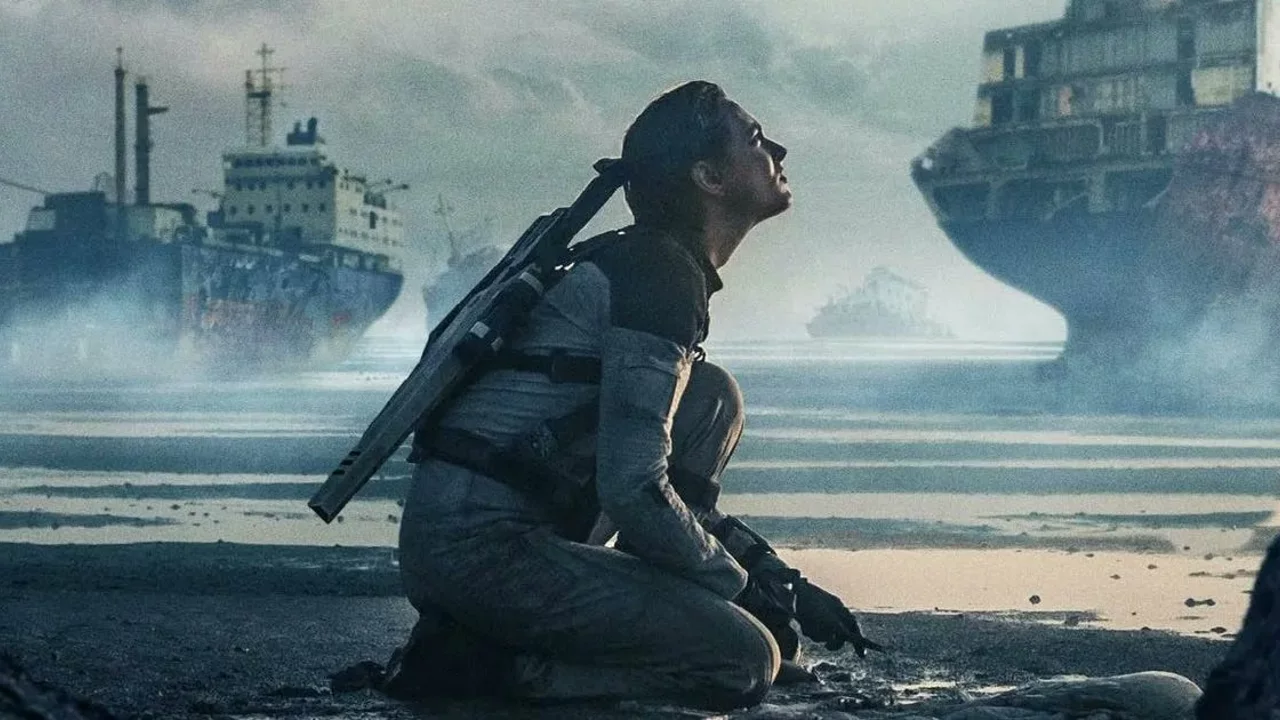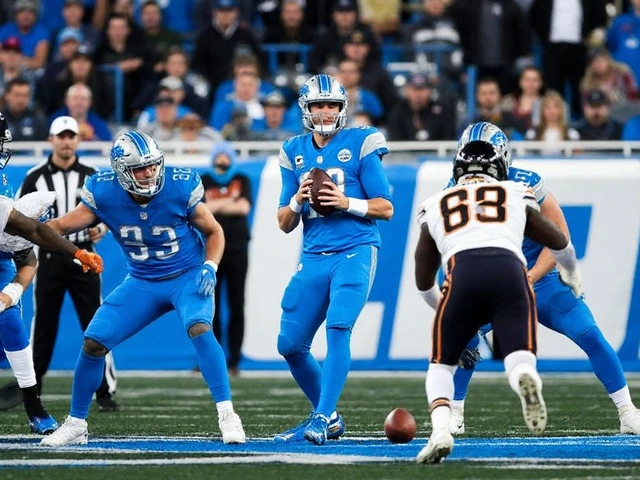Introduction: The Future Worlds in Sci-Fi Movies
As a sci-fi movie enthusiast, I've always been fascinated by the creative and sometimes mind-bending portrayals of the future. From dystopian landscapes to high-tech utopias, these films offer an imaginative glimpse into what might lie ahead for humanity. Some of these movies are set hundreds, thousands, or even millions of years in the future, providing an interesting contrast to our present day. In this article, we're going on a journey to discover which sci-fi movie is set the farthest in the future.
Understanding the Sci-Fi Timeline
The timeline of sci-fi movies can be quite complex. There are films set in the near future, like "Blade Runner" (2019), and others in the far future, like "Dune" (10,191). There are even those set in an unspecified time, like "A.I. Artificial Intelligence". To understand which movie is set the farthest in the future, we first need to familiarize ourselves with the timeline of these films. We'll look at some of the most iconic sci-fi movies and their settings in chronological order.
Diving into the Near Future
Many sci-fi movies are set in the near future, usually a few decades or centuries from the present. This allows the filmmakers to speculate about the immediate consequences of current trends and technologies. Movies like "Her" (2025), "Minority Report" (2054), and "I, Robot" (2035) fall into this category. They provide a believable, though often unsettling, projection of our world's future.
Exploring the Distant Future
As we move further along the timeline, we reach films set in the more distant future. These are often set in a completely transformed Earth or even in other galaxies. Films like "The Time Machine" (802,701) and "Wall-E" (2805) present a future so far ahead that it's almost unrecognizable from our current time. This distant future allows filmmakers to create entirely new worlds and societies, making for some truly unique sci-fi stories.
Stepping into the Farthest Future
Now, we've reached the farthest reaches of the sci-fi timeline. These films are set so far in the future that they often involve concepts like time travel, interstellar travel, and advanced alien civilizations. "The Fifth Element" (2263), "Star Trek: First Contact" (2373), and "Avatar" (2154) are just a few of the movies that fall into this category. The farthest future offers endless possibilities for storytelling, as it's a time period that we can hardly even imagine.
And the Winner Is...
So which sci-fi movie is set the farthest in the future? Drumroll, please... The winner is "The Time Machine"! This film, based on the novel by H.G. Wells, is set in the year 802,701. That's more than 800,000 years in the future! In this distant future, Earth is populated by two distinct species, the Eloi and the Morlocks, who have evolved from humans. It's a fascinating and imaginative look at what the farthest future might hold.
The Significance of the Sci-Fi Timeline
The timeline of sci-fi movies is more than just a fun fact. It's a reflection of our hopes, fears, and predictions about the future. Movies set in the near future often tackle current issues and trends, while those set in the far future allow us to imagine completely new worlds and possibilities. No matter how far in the future they're set, these films offer a unique perspective on where we're headed as a species.
Conclusion: The Future of Sci-Fi
From the near future to the farthest future, sci-fi movies offer a fascinating glimpse into what might lie ahead for humanity. Whether it's a world dominated by artificial intelligence, a post-apocalyptic landscape, or a thriving interstellar civilization, these films challenge us to imagine and prepare for the future. And who knows? Maybe one day, we'll be living in a world that's just as fascinating as the ones we see on the big screen.





